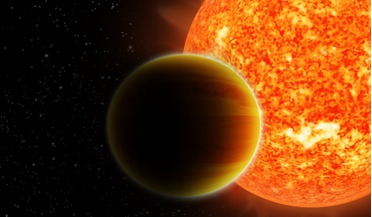 20 June 2016
Trio of hot Jupiters give clue to their formation
20 June 2016
Trio of hot Jupiters give clue to their formation
... star in less than 10 days in a near circular orbit (known as a low eccentricity), and a sizeable proportion of the 2300+ exoplanets detected so far with Kepler belong to this class of planet. However, despite being found in such large numbers...
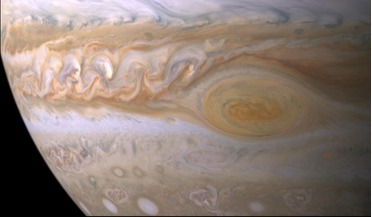 29 July 2016
New Study Shows Great Red Spot Cause of Heated Atmosphere
29 July 2016
New Study Shows Great Red Spot Cause of Heated Atmosphere
... altitudes are not unique to Jupiter or even to our solar system – and are likely to be seen on other giant exoplanets as well. "Energy transfer to the upper atmosphere from below has been simulated for planetary atmospheres, but...
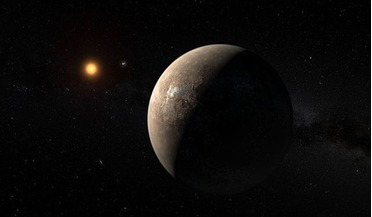 28 August 2016
How habitable is Proxima b?
28 August 2016
How habitable is Proxima b?
... Telescope (E-ELT), not only that but with space telescopes such as WFIRST, Proxima b could be the first exoplanet to have its spectra examined for active biology. The general consensus regarding the potential habitability of Proxima...
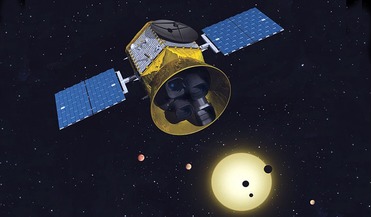 02 January 2018
2017 - What a year!
02 January 2018
2017 - What a year!
... is there to look forward to in this next year? Well, it is going to be a very busy year for NASA! NASA’s Transiting Exoplanet Survey Satellite (TESS) which is designed to detect small rock-and-ice planets orbiting a diverse range of stellar...
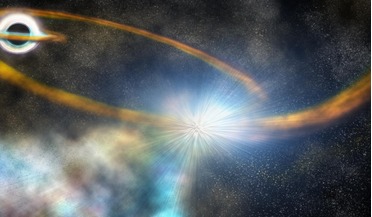 27 September 2019
TESS sees its first rare star-shredding event
27 September 2019
TESS sees its first rare star-shredding event
... of generating nuclear fusion reactions in its core, but for the first time, NASA's planet-hunting Transiting Exoplanet Survey Satellite (TESS) has watched it happen. The bringer of doom is a supermassive black hole that sits at the...
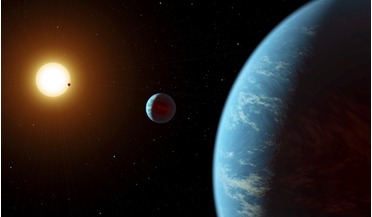 19 October 2020
Astronomers identify a true water-world that could have an ocean over 100 kms deep
19 October 2020
Astronomers identify a true water-world that could have an ocean over 100 kms deep
... data on the system with the aid of ESO’s planet hunting spectrograph, ESPRESSO (Echelle SPectrograph for Rocky Exoplanets and Stable Spectroscopic Observations). The team, headed by Jorge Lillo-Box at the Centro de Astrobiología in Madrid, Spain...